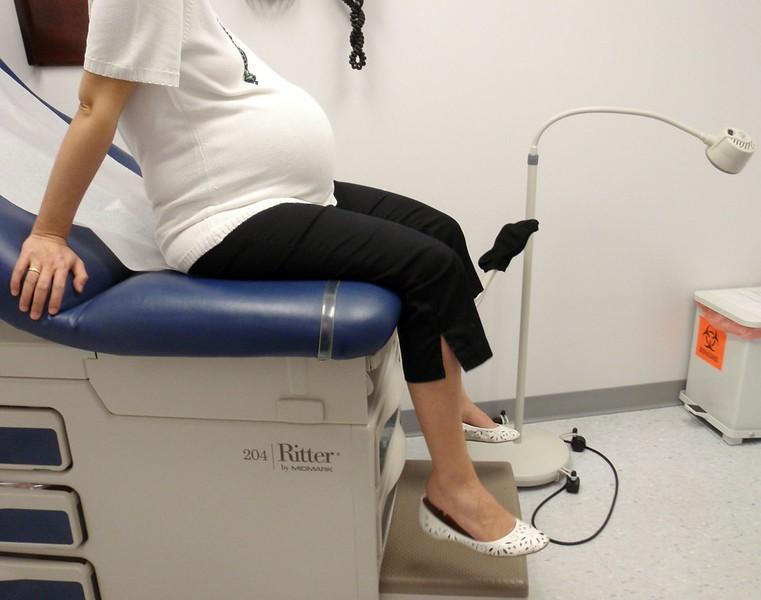A study presented yesterday at the Society for Maternal-Fetal Medicine's (SMFM) annual conference shows that giving an oral dose of azithromycin to pregnant women who deliver vaginally is a cost-saving way to reduce maternal sepsis, death, and infection.

The study builds on findings from the Azithromycin Prevention in Labor Use Study (A-Plus), which found that women in seven low- and middle-income countries (LMICs) who received an oral dose of azithromycin before a planned vaginal delivery had a 33% reduced risk of maternal sepsis or death compared with those who received placebo. That study, presented at last year's conference and published in the New England Journal of Medicine, involved more than 29,000 pregnant women in Bangladesh, the Democratic Republic of the Congo, Guatemala, India, Kenya, Pakistan, and Zambia.
Sepsis causes an estimated 10% of maternal deaths worldwide, but the rate in LMICs is twice that of wealthier nations. To see if the intervention would be cost-effective in the low-resource settings where maternal sepsis is a significant burden, a team of US researchers used data from A-Plus to estimate the cost per case of maternal sepsis or death averted and the incremental cost after accounting for cost savings from reduced healthcare use.
Significant cost saving
The researchers found that, for every 100,000 pregnancies, an oral dose of azithromycin prevented 1,592 cases of maternal sepsis, death, or infection and 249 maternal hospitalizations, at a cost of 91 cents per pregnancy. The overall cost savings was $32,661 per 100,000 pregnancies.
The study's lead author says the data could help ministries of health in LMICs decide how to allocate scarce resources.
"Sepsis remains a leading cause of maternal death globally, and the burden is greatest in low-resource settings," Jackie Peterson, MD, of the University of North Carolina at Chapel Hill School of Medicine, said in an SMFM press release. "It's a big deal to have an effective therapy for maternal sepsis that is also cost-saving to implement in a low-resource setting."


















